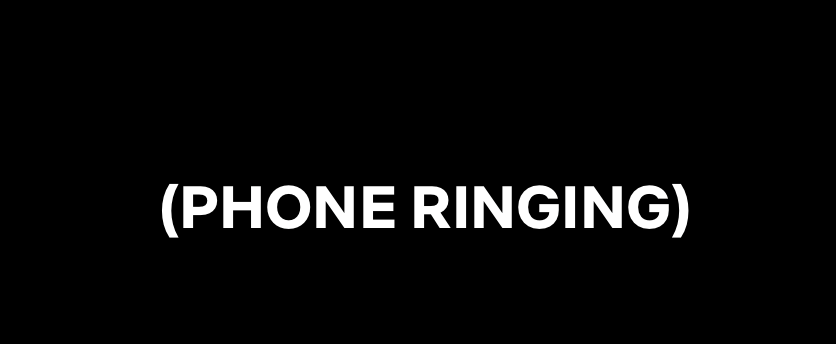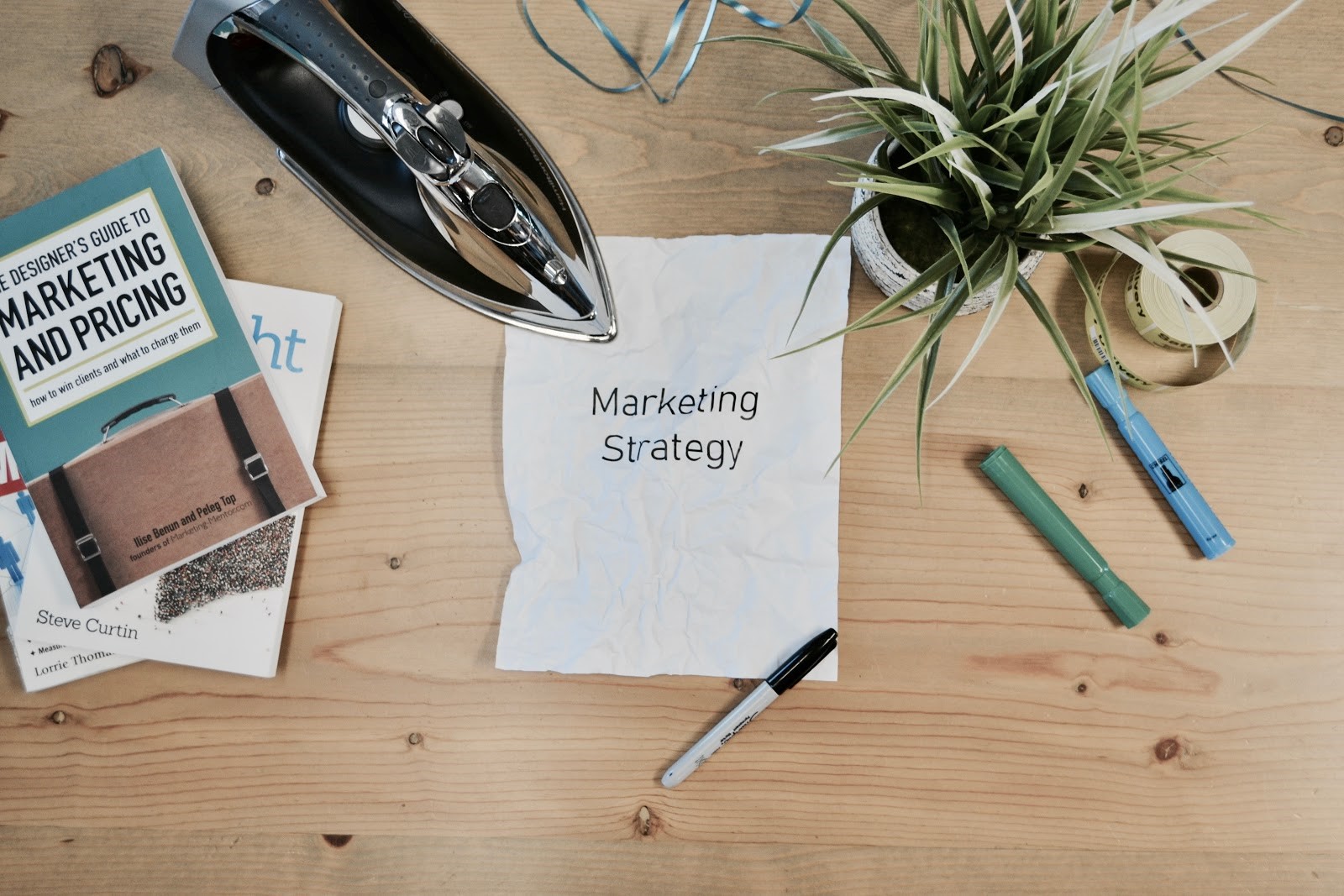Marketing for The Deaf and Hard of Hearing Using Video Transcription
Your marketing strategy is complete. You’ve gone over the market research, competitive analysis, budget, metrics, target audience, and your business is finally ready to open its doors.
Quick Links
Wait! There’s likely one audience you’ve entirely ignored, or maybe you didn’t even think about. The deaf and hard of hearing make up 15% of the population in the US. Despite representing a significant cross-section of the US, the deaf and hard of hearing consistently fail to show up on the radar of big brands.
If you don’t include them in a section of your target audience, you could be missing out on a huge opportunity to drive more business and gain loyal customers.
In this article, we’ll go over how you can include the deaf and hard of hearing in your marketing strategy.
Benefits of Including the Deaf and Hard of Hearing in Your Marketing Strategy
“It was important as a business to be representing greater diversity in our advertising – not only is it the right thing to do, but we are also getting closer to a wide cross-section of customers.” – Micheal Oliver, Mars
First of all, and possibly the most obvious benefit is you’ll attract a whole new kind of customer aside from your hearing customers. This means more business for you.
Secondly, it gives you a competitive advantage. Likely, many of the businesses in your community don’t market to the deaf and hard of hearing.
Thirdly, marketing to this market strengthens your public image. You are now a business that is inclusive of different needs and abilities.
The benefits of catering to the deaf and hard of hearing are undoubtedly powerful. And you may be surprised by how common this disability is. Let’s look at some statistics.
Stats and Facts on Deaf and Hard of Hearing in the US
To begin with, approximately 48 million Americans have some degree of hearing loss. Hearing loss has been shown to impact nearly every dimension of the human experience negatively. This includes physical health, emotional and mental health, perceptions of mental acuity, family esteem, social skills, work and school performance.
It’s possible you know someone with a hearing disability and didn’t even know it. One in eight people in the US (13% or 30 million) aged 12 years or older has hearing loss in both ears, based on standard hearing exams.
And it’s a fact that as people get older, their hearing gets worse. About 2 per cent of adults aged 45 to 54 have disabling hearing loss — the rate increases to 8.5 per cent for adults aged 55 to 64. Between 65 and 74, it’s 25 per cent. Any age after that, it’s 50 per cent!
Children also experience hearing loss. About 2 to 3 out of every 1,000 children in the US are born with some level of hearing loss in one or both ears. And out of the deaf children, more than 90 per cent are born from hearing parents.
Loss of hearing doesn’t exclusively happen with age or at birth. It can also occur when someone has been exposed to loud noise consistently. Nearly 1 out of four cases of hearing difficulty are caused by job exposure. These people may work in construction, loud venues, or around chemicals.
Seeing the statistics opens the eye to how to present the deaf and hard of hearing could be in our lives. So why don’t more companies market to this group?
Many businesses are afraid of the costs. For example, hiring staff that knows American Sign Language (ASL) and paying for technology that may help.
These businesses simply don’t realize that they will, eventually, see a return on their investment.
How to Increase Accessibility in Your Marketing
To be a deaf and hard of hearing friendly business, you need to make sure all of your content is accessible. If a person with a hearing disability cannot make sense of everything in your marketing campaign, you’re alienating a potential customer. Providing accessibility will help boost your bottom line.
Here are some tips to make your marketing pieces accessible to the deaf and hard of hearing:
Include Closed Captioning
Most print and television ads are accessible to the deaf and hard of hearing. However, it’s not that common on Facebook video ads or other social media ads. Closed captioning displays dialogue at the bottom of the video. It includes subtitles as well as essential sounds.

With Facebook ads, you can opt to have Facebook automatically create captions for you. Facebook then checks the captions for accuracy. You also have the option to make your own captions by Uploading SRT (SubRip Subtitle) files in multiple languages.
Transcribe Content
In some ways, transcription can serve people with hearing disabilities more than closed captioning. If your video ad campaign is moving along too fast for people to keep up by reading captions, having a transcribed version is best.
In addition to ads, you can transcribe all promotional materials like video testimonials, social media user engagement videos, YouTube giveaways, and anything else as well.
Transcribing doesn’t stop at marketing. It’s something that you can use over and over again as a part of your daily customer service. If in-office transcription isn’t an option, a video transcription service is easy to come across and will get your files transcribed with the best accuracy. Most transcription services offer a fast turnaround, so you’re never late to share content with your customers.
Use a TTY
A TTY is a unique device that allows people who are deaf, speech-impaired, or hard of hearing to use the phone to communicate. It works by allowing them to type messages back and forth to one another instead of talking and listening.
TTYs are not limited to the deaf and hard of hearing. Many people use them today. It takes a TTY telephone on both ends for it to work.
Offer Various Contact Options
Do your ads usually include “call now to inquire”? It’s important to offer various communication methods. Providing an option to text or email is a great way to cater to your deaf and hearing-impaired customers.
Make sure you respond quickly to texts and emails. Checking the company cell phone and email account should be a part of your employee’s regular shift duties.
Use More Emojis
Emojis are used by most businesses to increase click rates. Emojis can also be used as visual cues for deaf and hard of hearing customers. In your video description, include emojis beside your propositions. For example:
Are you in the mood for Thai food?
Call ?, text ?, or email ✉️ for prices and delivery options in your area ?.
Final Thoughts
Are you ready to start marketing to a whole new audience? Including the deaf and hard of hearing in your marketing plan is going to help expand your customer base. Although it does require some adjustments, marketing to this group is straightforward.
Most actions like using emojis closed captioning, and offering various contact methods are things you can do for free. While transcribing content and utilizing a TTY telephone might require some funds, it will be well worth it.
Customers appreciate businesses that go out of their way to cater to underserved markets. If it’s not that much effort for you to accommodate a new audience, why not start?
What Is WooCommerce Product Slider and Why Your Store Needs It
Why Do Product Images Matter So Much in Online Stores? When someone visits an online store the…
0 Comments9 Minutes
How to Streamline Your Customers’ Shopping Experience?
The goal for any online store is to make shopping as smooth as possible. When visitors move…
0 Comments8 Minutes
Strengthening Brand-Customer Relationships Through Gamified Loyalty Programs
Creating lasting connections with customers has become increasingly vital as the marketplace grows…
0 Comments6 Minutes
How to Use SEO and SEA Together in Search Engine Marketing
In digital marketing, search engine marketing (SEM) plays a critical role in improving online…
0 Comments10 Minutes
Content Marketing Growth Hacks: Real Shortcuts to Drive Traffic
Are you still lagging in content marketing? Sticking to these old strategies seems…
0 Comments10 Minutes
How to Build a Strong Local Following Using Social Media Marketing
In the days of likes, shares, and stories, local businesses have a golden opportunity to create…
0 Comments9 Minutes
Why WooCommerce is the Best Choice for Your Online Store?
WooCommerce stands out as a top option for anyone looking to build an online store. This platform…
0 Comments8 Minutes
How to Use AI-Powered SEO Tools for WordPress eCommerce
SEO is a critical factor in the success of any e-commerce WordPress store. As competition…
0 Comments11 Minutes
1 Comment
Comments are closed.









Fantastic article. Thanks for the informative share.